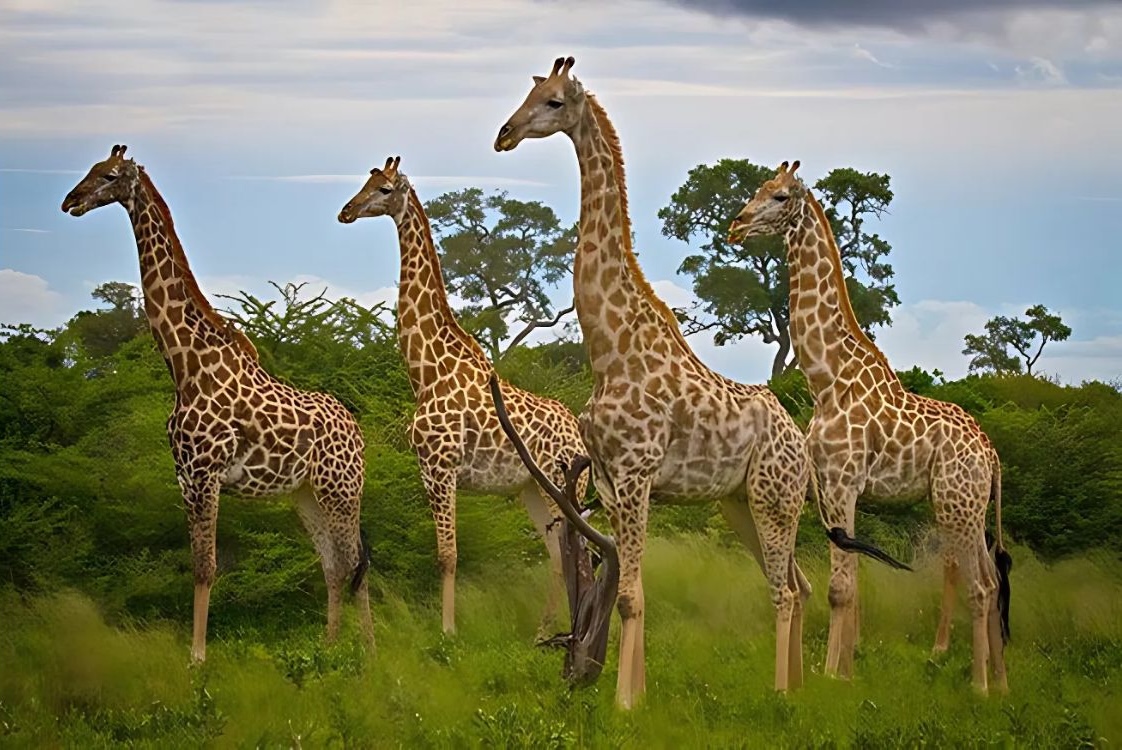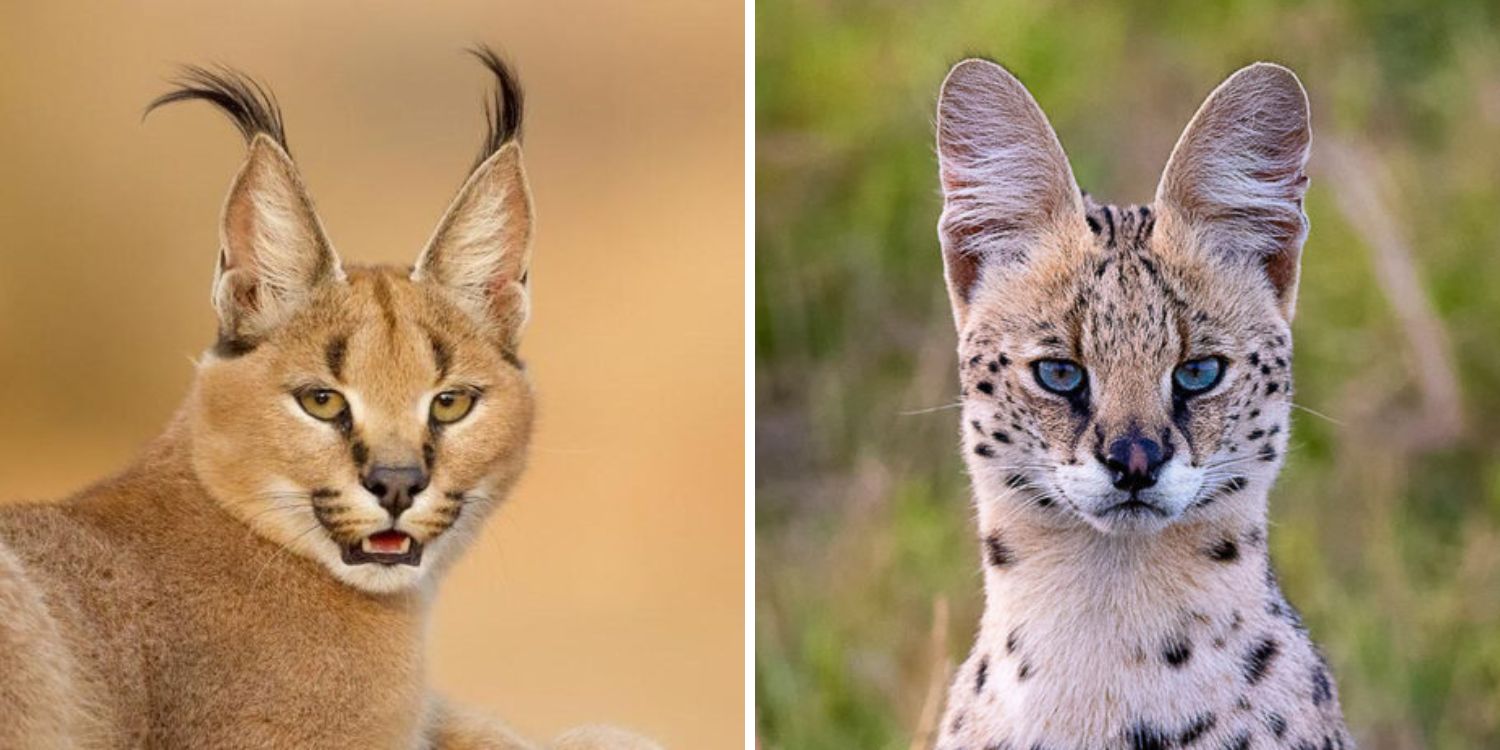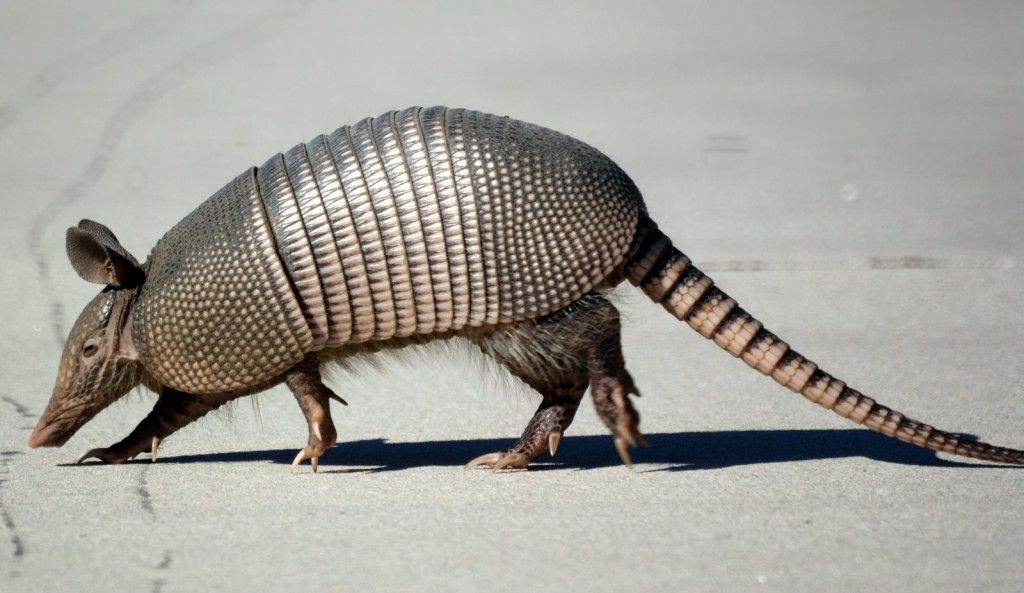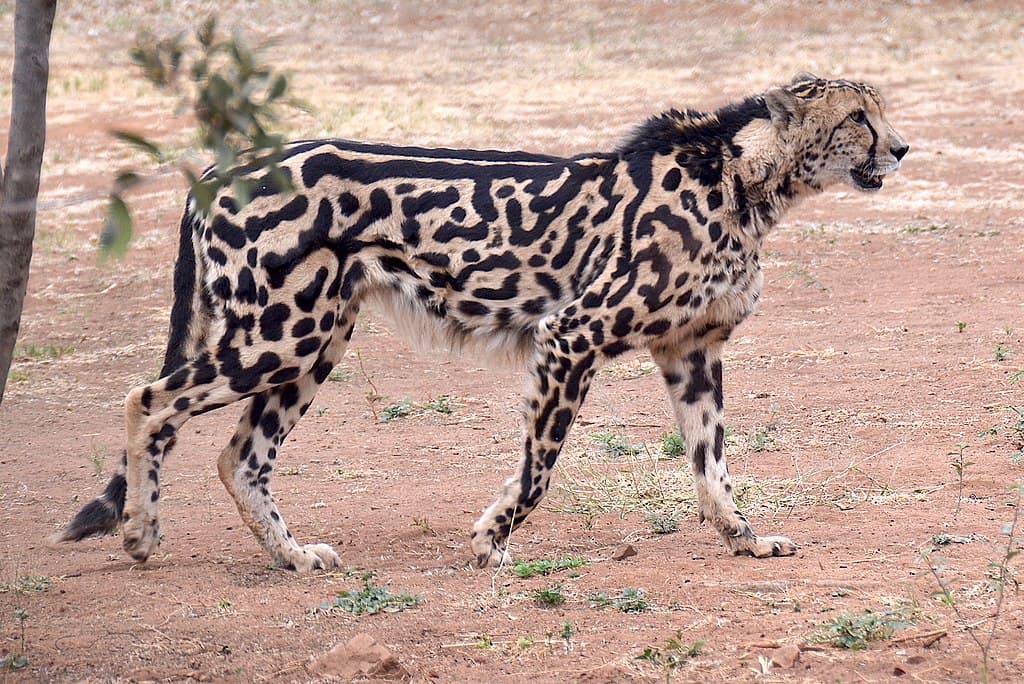
The Painted Hunters: Unveiling the Extraordinary African Wild Dog
The African savanna bursts with vibrant life, and among its most captivating creatures are the African wild dogs, also known as painted dogs (Lycaon pictus). These social marvels, with their splashes of black, brown, and white fur, are not just beautiful – they’re also Africa’s most efficient predators. Let’s embark on a journey to discover the secrets of these remarkable painted hunters.
A Force of Nature: Built to Chase
African wild dogs are lean and athletic, perfectly built for chasing down prey across the vast plains. Their large, rounded ears help them pinpoint sounds, while their powerful legs propel them at speeds of up to 44 miles per hour (70 kilometers per hour) in short bursts. Unlike many predators that are solitary hunters, African wild dogs are highly social, forming packs of up to 40 individuals.
Cooperation Is Key: The Power of the Pack
The hunting strategies of African wild dogs are a marvel of cooperation. They work together to strategically chase and exhaust their prey, often gazelles or antelopes. Their unique social structure, with a dominant breeding pair leading the pack, ensures coordinated hunting efforts. The success rate of a wild dog hunt is amongst the highest in the animal kingdom, exceeding 60%.
A Family Affair: Raising the Next Generation
Pups play a vital role in the social fabric of a wild dog pack. Unlike other canines, all members of the pack, not just the parents, help care for and raise the pups. This communal nurturing allows the breeding pair to continue hunting while the younger generation thrives under the watchful eyes of the pack.
A Vulnerable Icon: Threats to the Painted Hunters
Sadly, these magnificent creatures face significant threats. Habitat loss due to human encroachment and agricultural expansion is a major concern. Additionally, African wild dogs are sometimes persecuted by farmers who view them as a threat to livestock. Competition for food with other predators like lions also puts pressure on wild dog populations. The IUCN Red List classifies them as Endangered.
A Howl for Conservation: Protecting the Painted Hunters
Conservation efforts are crucial for the future of African wild dogs. Organizations are working to protect their habitats, educate communities about their importance, and mitigate conflicts with farmers. Efforts to reintroduce them to lost territories offer a glimmer of hope.
More Than Just Beautiful: The Ecological Importance of Wild Dogs
African wild dogs are not just charismatic predators – they play a vital role in maintaining a healthy ecosystem. By keeping prey populations in check, they prevent overgrazing and ensure a balanced savanna environment. Their presence is an indicator of a healthy ecosystem.
The Painted Hunters: A Call to Action
The future of the African wild dog depends on our collective efforts. By supporting conservation organizations, raising awareness about the threats they face, and promoting responsible tourism practices, we can ensure these painted hunters continue to grace the African savanna with their vibrant presence for generations to come.
More photos below ↓











Disclaimer: This blog post is for edutainment purposes only and may not be entirely accurate.






